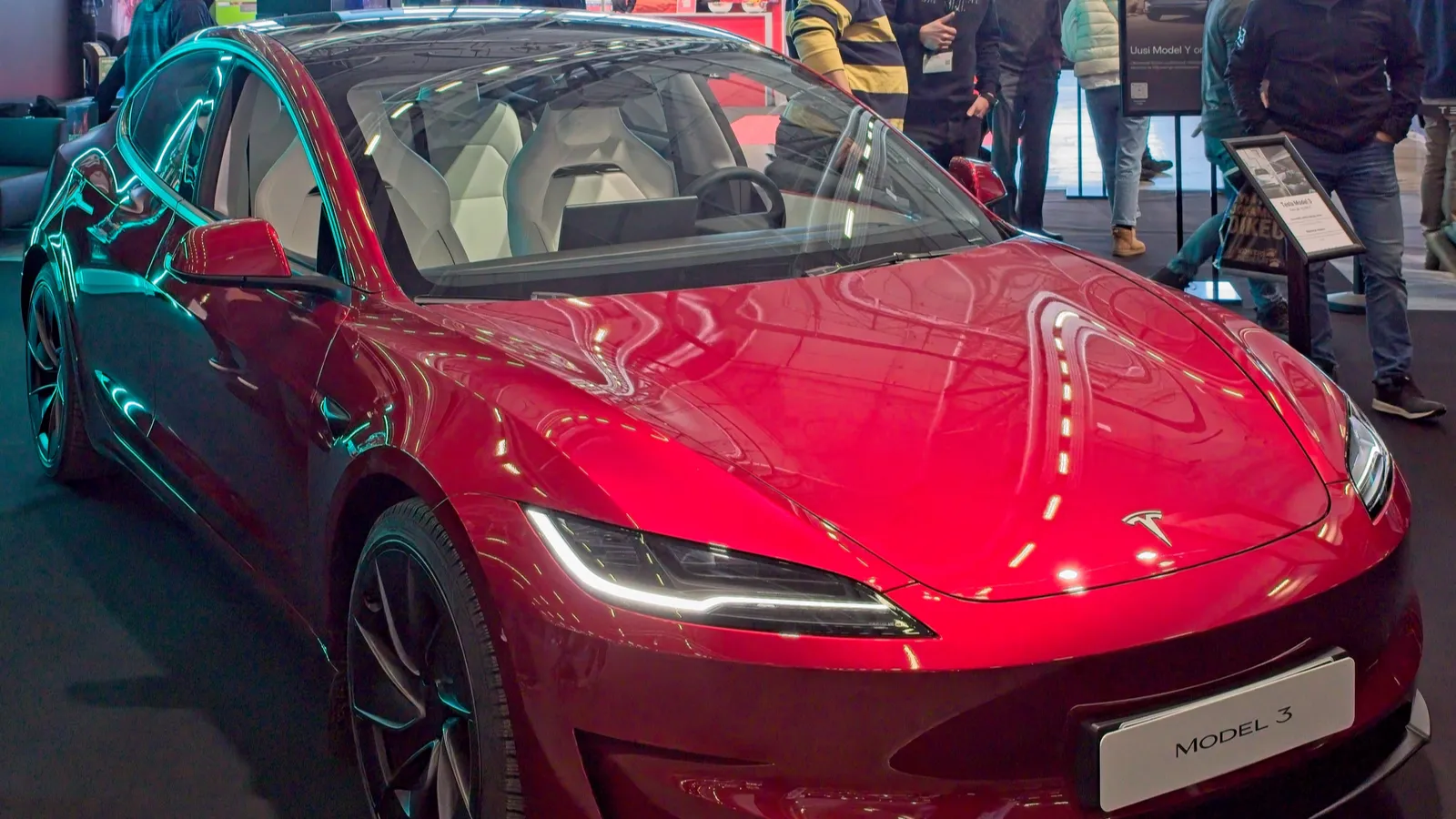
Evolving car industry
The US car industry will evolve faster than ever by 2025. Buyers and dealers must stay informed, from electric vehicle (EV) breakthroughs to new trade policies impacting car prices.
In this guide, we break down the key trends shaping the market, whether you’re interested in tech, pricing, or sustainability, this is your one-stop overview of what’s driving change across America’s roads.

The Surge of Electric Vehicles (EVs)
Electric vehicles are no longer niche; they’re mainstream. With lower battery costs and improved performance, EVs are increasingly chosen over traditional cars.
More manufacturers are launching electric options across all price ranges, from budget hatchbacks to premium SUVs. Lower long-term costs, clean energy appeal, and modern design draw consumers. EVs are now a cornerstone of the auto industry’s future.

Government Support and Clean Energy Push
The US government heavily supports EV growth through tax credits, charging station investments, and stricter emissions targets. These policies encourage both buyers and automakers to transition away from fossil fuels.
Federal initiatives and state-level programs have made it easier to own an EV, with rebates and incentives cutting thousands off the purchase price for eligible vehicles.
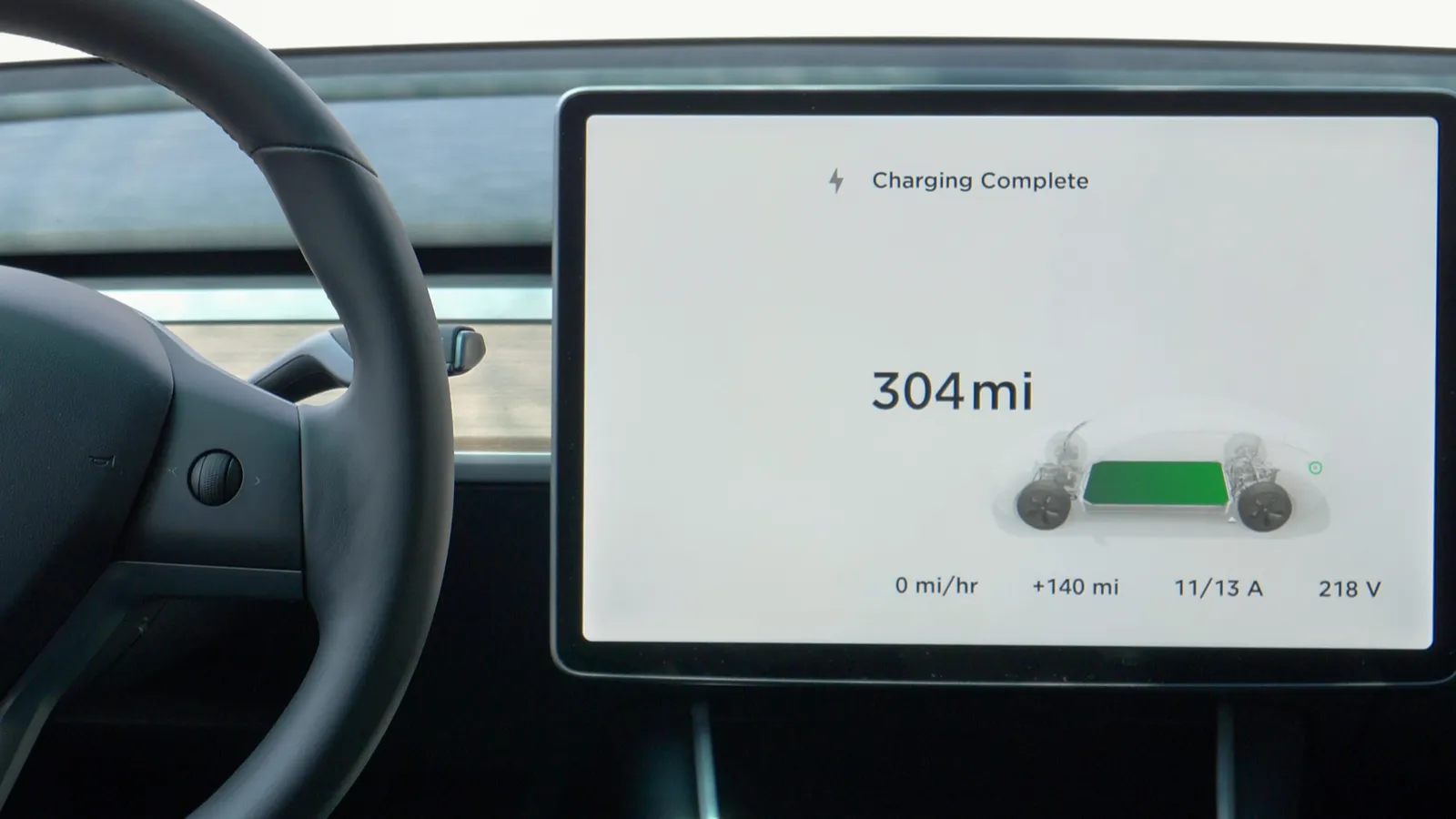
Battery Breakthroughs Driving Efficiency
New battery technology in 2025 is making EVs more practical than ever. Solid-state batteries, faster charging, and longer-range models are rapidly entering the market.
These advances remove previous concerns like “range anxiety” and slow charging. As costs continue to drop, battery innovation is helping EVs compete directly with traditional gas-powered cars in performance and price.

Charging Infrastructure Expansion
Charging stations are multiplying across cities, highways, and even rural areas. Government and private sector investments are filling the infrastructure gap.
Fast chargers now deliver 80% power in 20–30 minutes. This rapid expansion is reducing one of the most significant adoption barriers for EVs, which is convenient and fast-charging access, making long-distance electric driving a real option for most Americans.
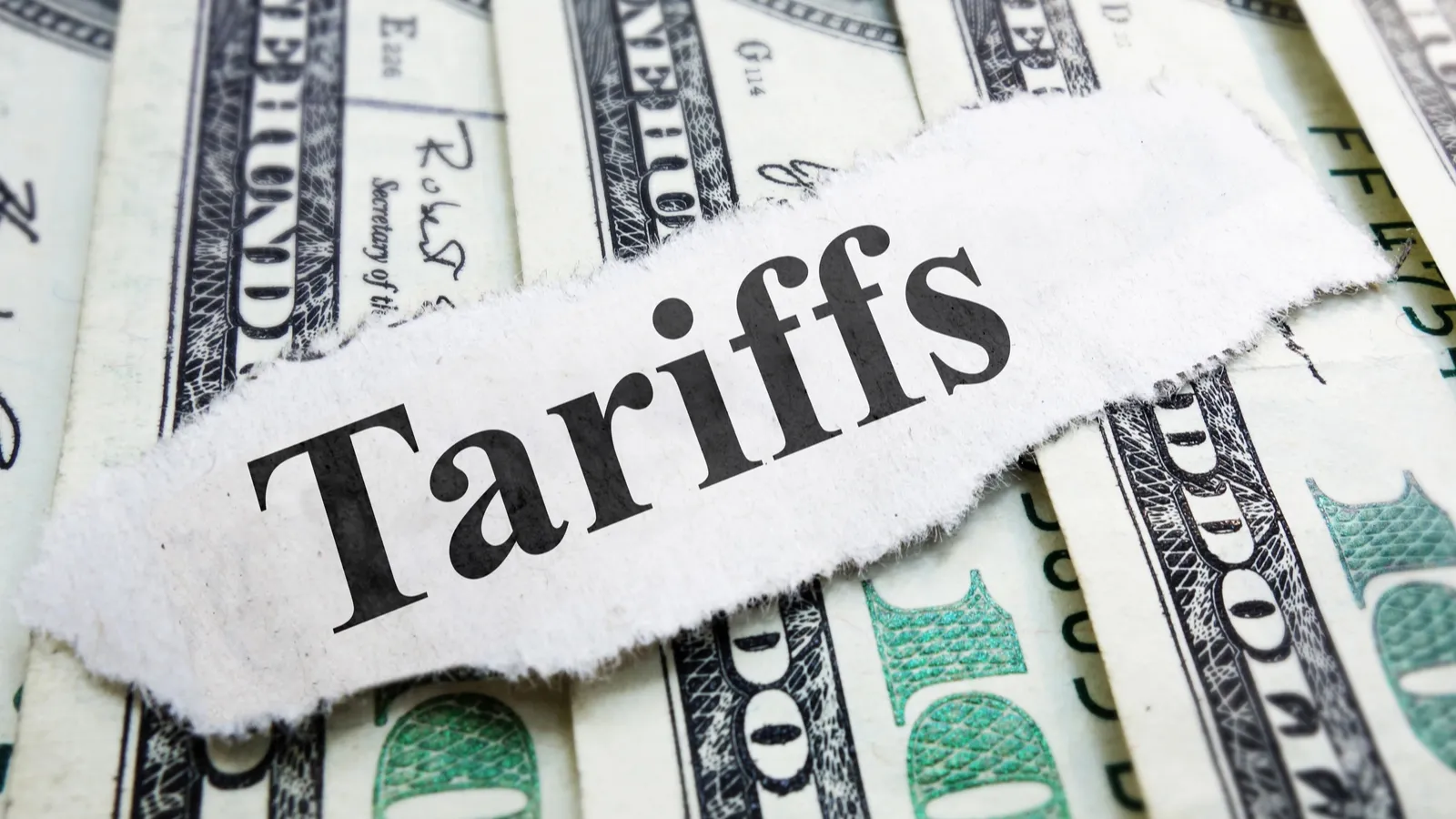
Tariffs Reshaping Vehicle Prices
New tariffs on imported cars and auto parts in 2025 have significantly influenced pricing. Cars built outside the US or relying on foreign components have become more expensive.
These policy changes encourage automakers to shift production to North America while passing some of the costs to buyers. For consumers, price awareness is more critical than ever.
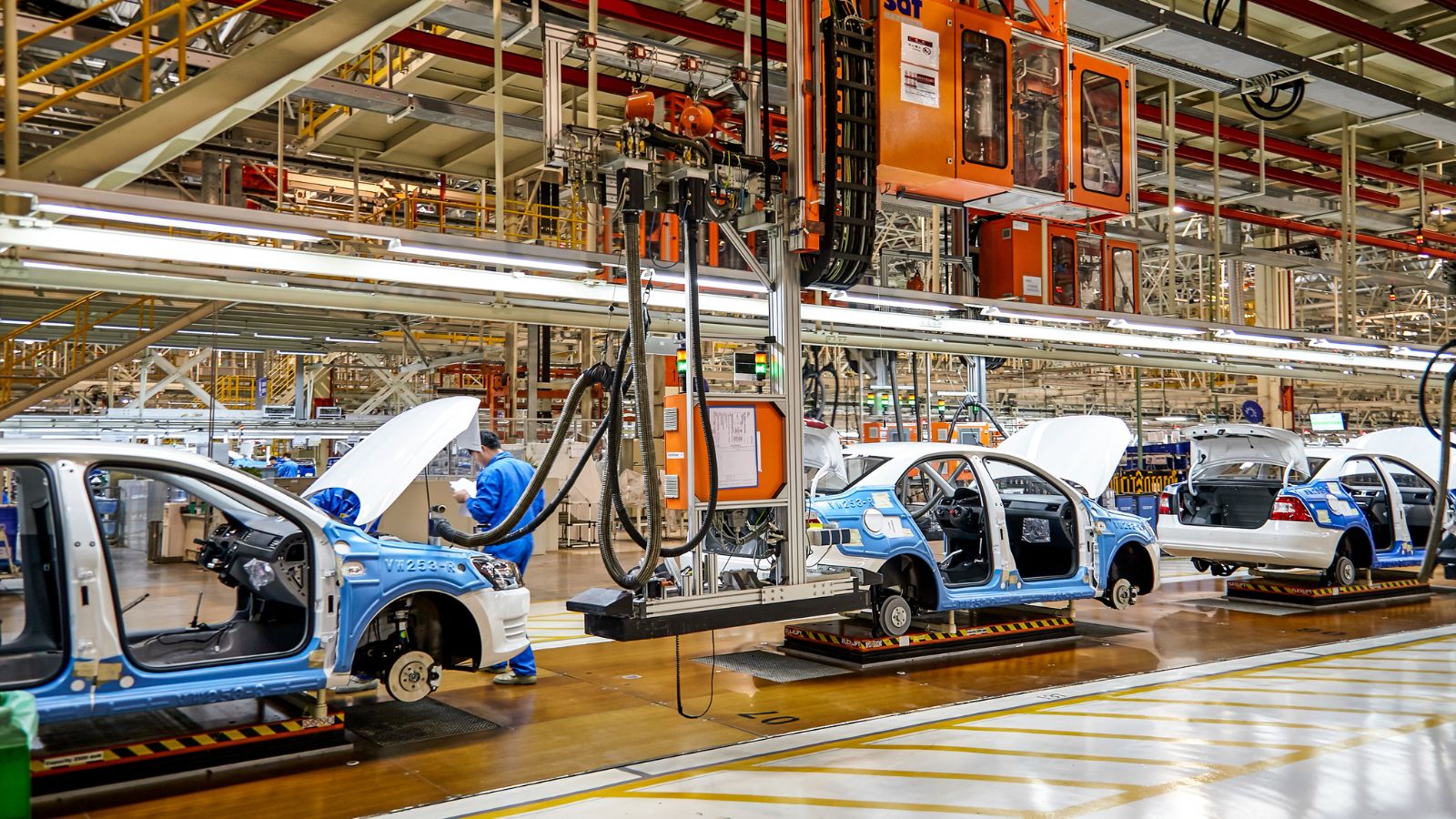
Domestic Production on the Rise
Many automakers are investing in local manufacturing in response to trade pressures and rising tariffs. New EV plants are being opened in states like Texas, Tennessee, and Michigan.
This shift reduces dependency on imports, creates jobs, and stabilizes the supply chain. US-made cars, especially electric ones, are becoming more competitive and widely available.
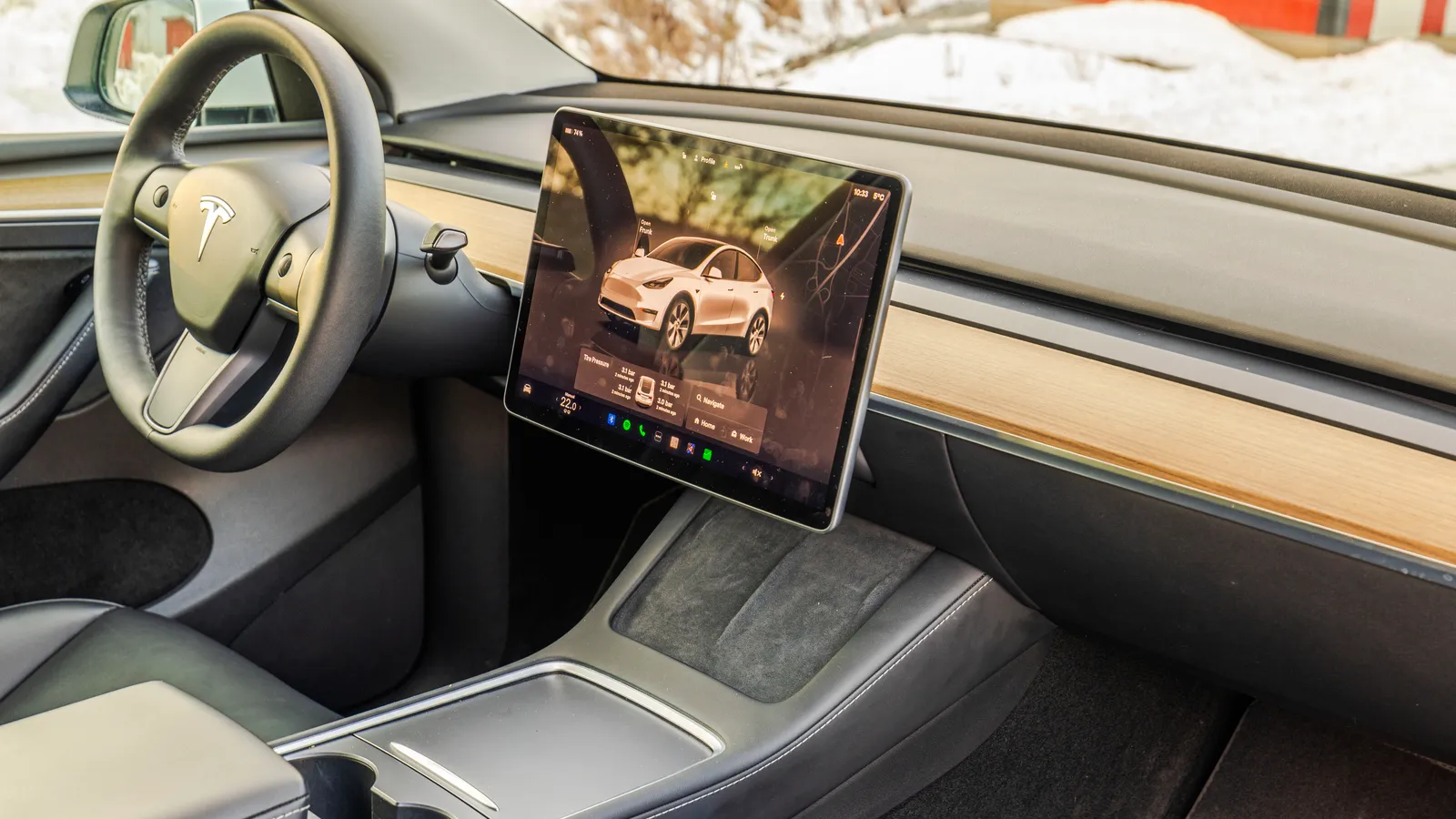
Changing Buyer Preferences
Today’s car buyers are more environmentally conscious, tech-savvy, and value-focused than ever. Fuel economy, electric drivetrains, innovative features, and long-term savings are major decision drivers.
Younger generations prefer EVs and hybrids, while older buyers are warming up to them as costs drop. Buyers are also more likely to research online before entering a dealership.

Automaker Race to Go Electric
Legacy automakers like Ford, GM, and Volkswagen are racing to electrify their fleets. Ford’s F-150 Lightning, GM’s Ultium platform, and VW’s ID lineup lead the charge.
Meanwhile, new players like Rivian and Lucid are carving out niche spaces in the EV world. The EV race is fully underway with competitive pricing, improved designs, and faster innovation cycles.
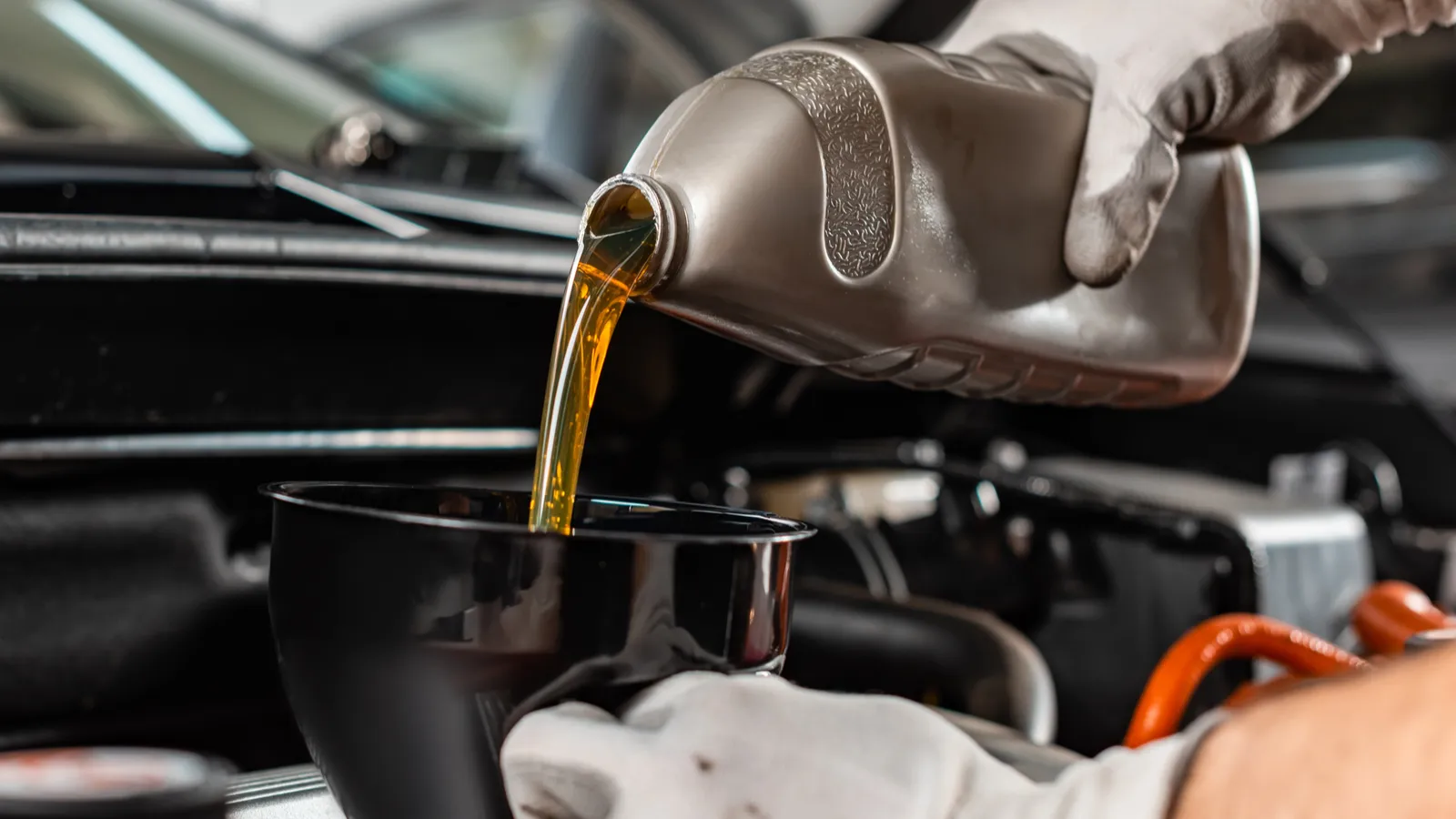
Cost of Ownership Advantages
While EVs may have a higher sticker price, they usually win in the long run. Lower fuel costs, fewer maintenance needs, and available tax credits make them cheaper to own over 5–10 years.
EV drivers avoid oil changes, save on brakes due to regenerative systems, and spend less per mile on electricity than gas, saving hundreds or even thousands annually.
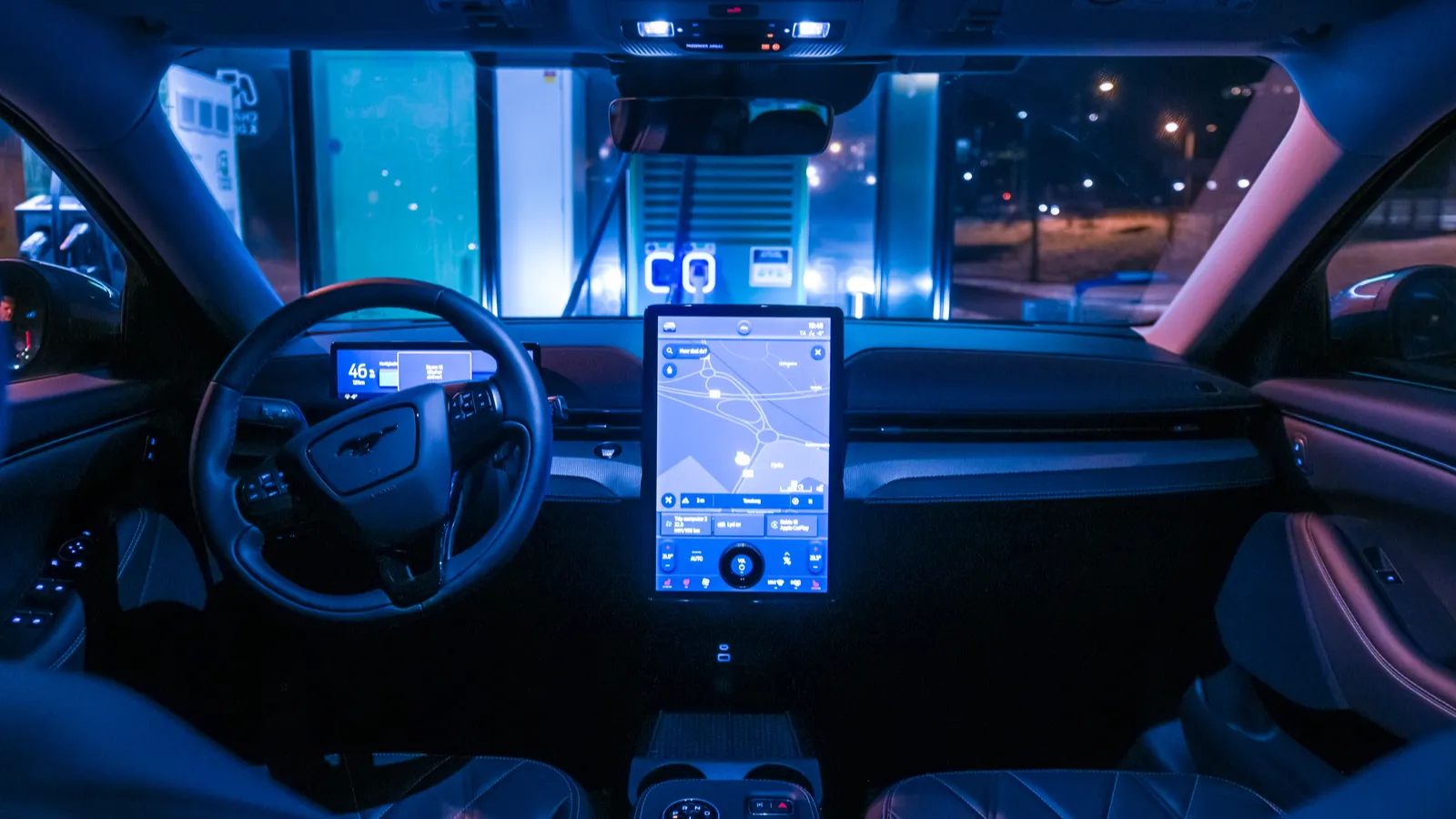
The Influence of Tech and AI
Modern cars in 2025 are essentially computers on wheels. EVs often have advanced driver-assist systems, touch screen dashboards, app connectivity, and over-the-air updates.
AI is powering smarter navigation, safety features, and even autonomous capabilities. Buyers are choosing tech-forward vehicles, and automakers are investing heavily in software and data integration.
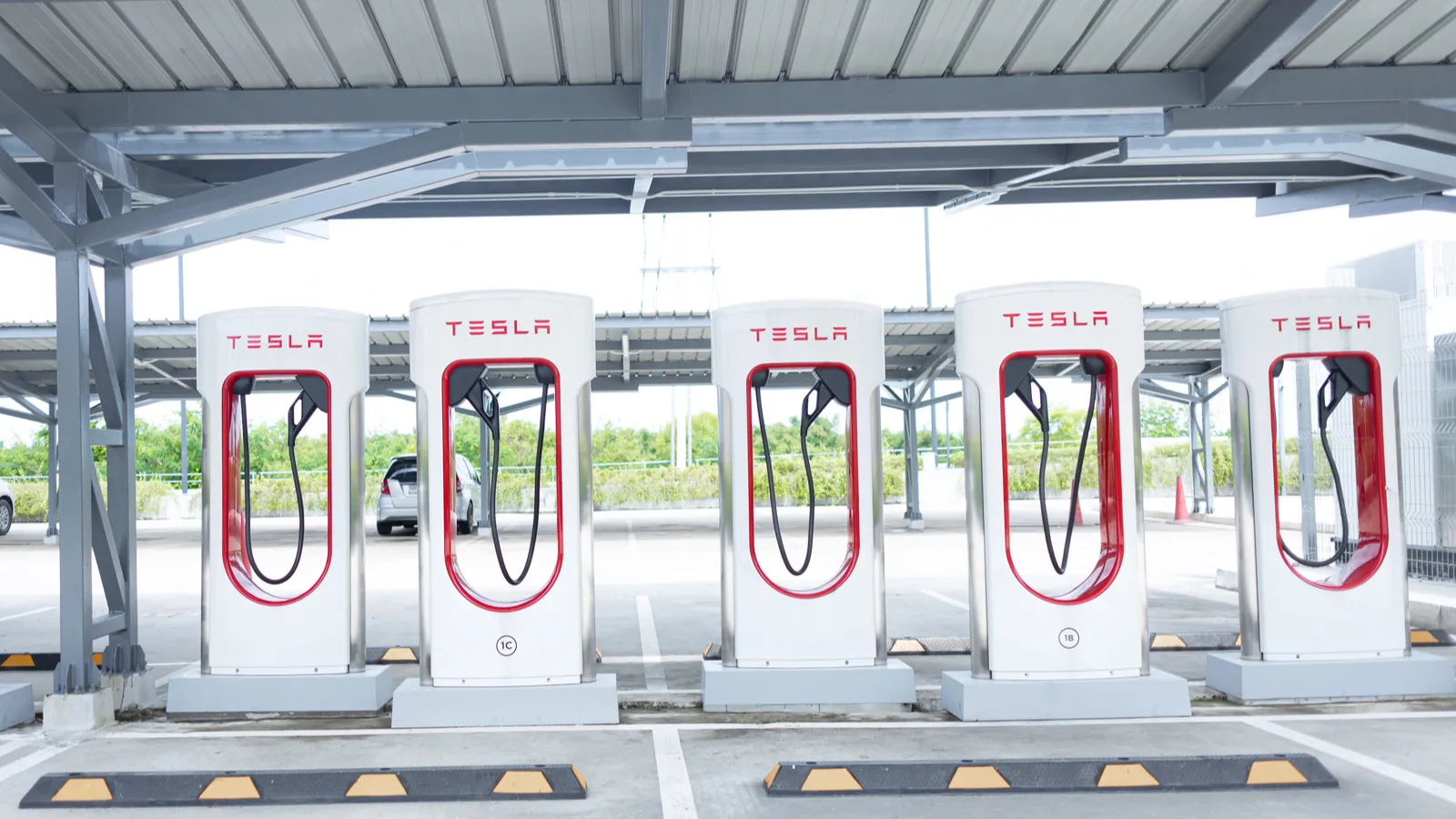
Urban vs Rural Market Divide
EV growth is fastest in cities with dense charging networks, but rural areas are catching up. Incentives and infrastructure funding are helping bridge the gap.
Automakers are designing models with more extended range and better performance for mixed terrain, making them suitable for suburban and rural lifestyles, too, not just city commutes.
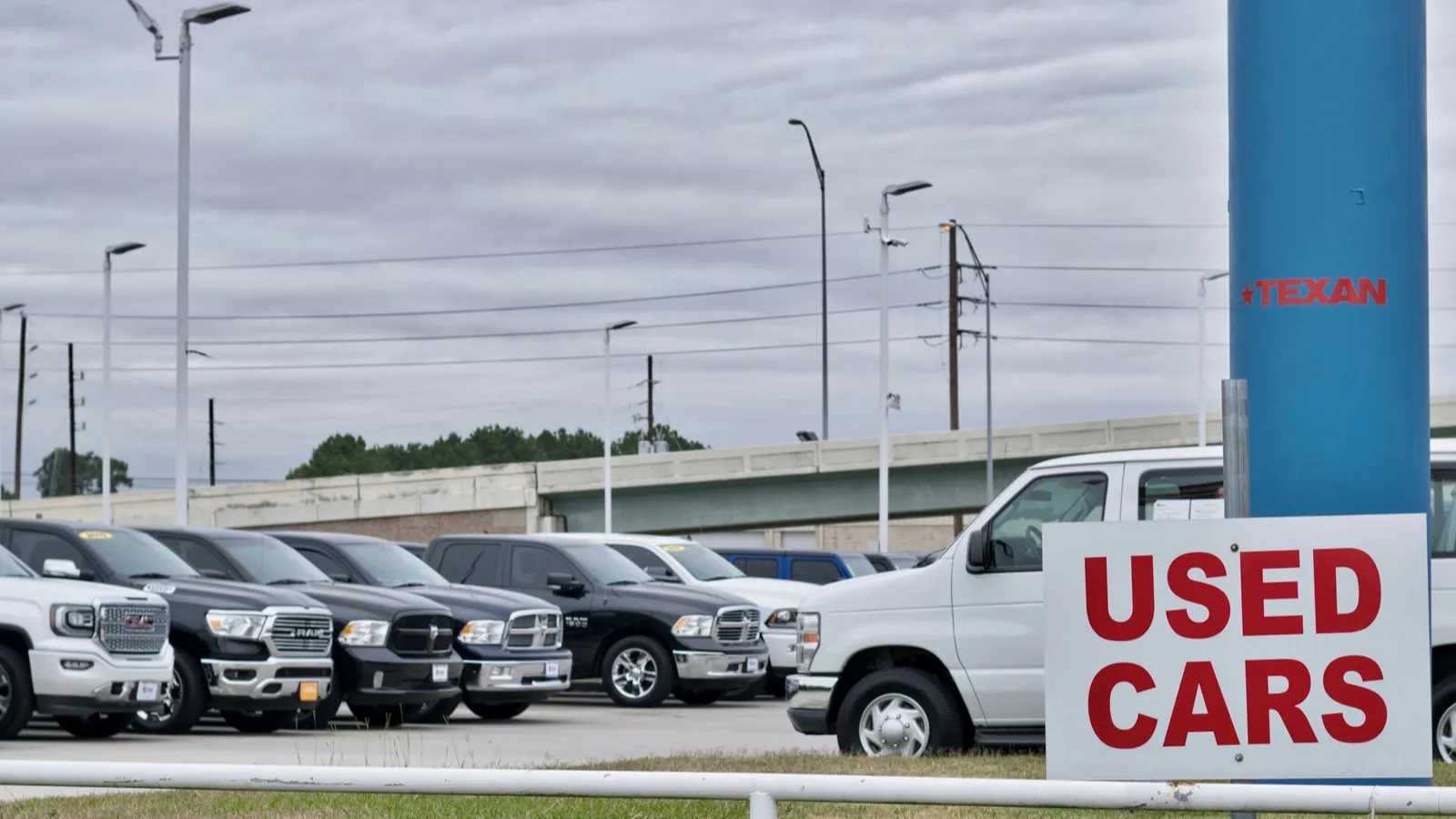
The Role of Used EVs
As EV adoption grows, a used EV market is rapidly forming. This is excellent news for buyers on a budget. Pre-owned electric cars offer the same low-maintenance, eco-friendly advantages at a lower price point.
Dealers are also learning how to market and support used EVs more effectively, helping increase trust in the secondhand market.
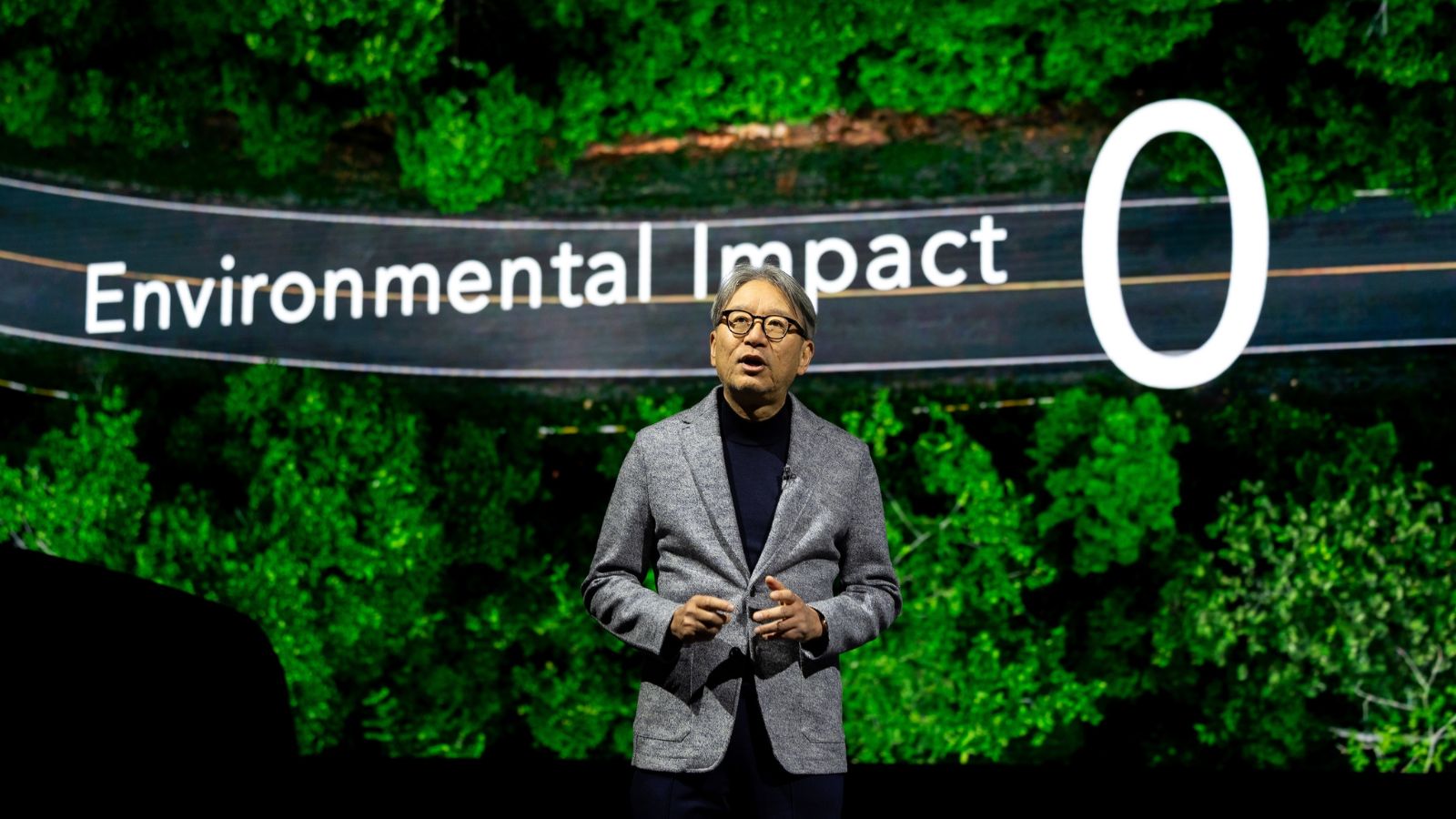
Environmental and Economic Benefits
Driving electric doesn’t just help the planet, it helps your wallet. EVs reduce air pollution and greenhouse gas emissions, especially when powered by renewables.
At the same time, the shift to electric is spurring job growth in clean tech, battery production, and green infrastructure, supporting a more sustainable economy.

What It Means for Car Dealers
Dealers need to adapt fast. EV education, staff training, and charging infrastructure on-site are becoming standard. Many are also integrating digital sales tools and offering home delivery.
Success in 2025 means understanding both the tech and the needs of new, eco-conscious buyers. Stocking a balanced mix of gas, hybrid, and EVs is key.
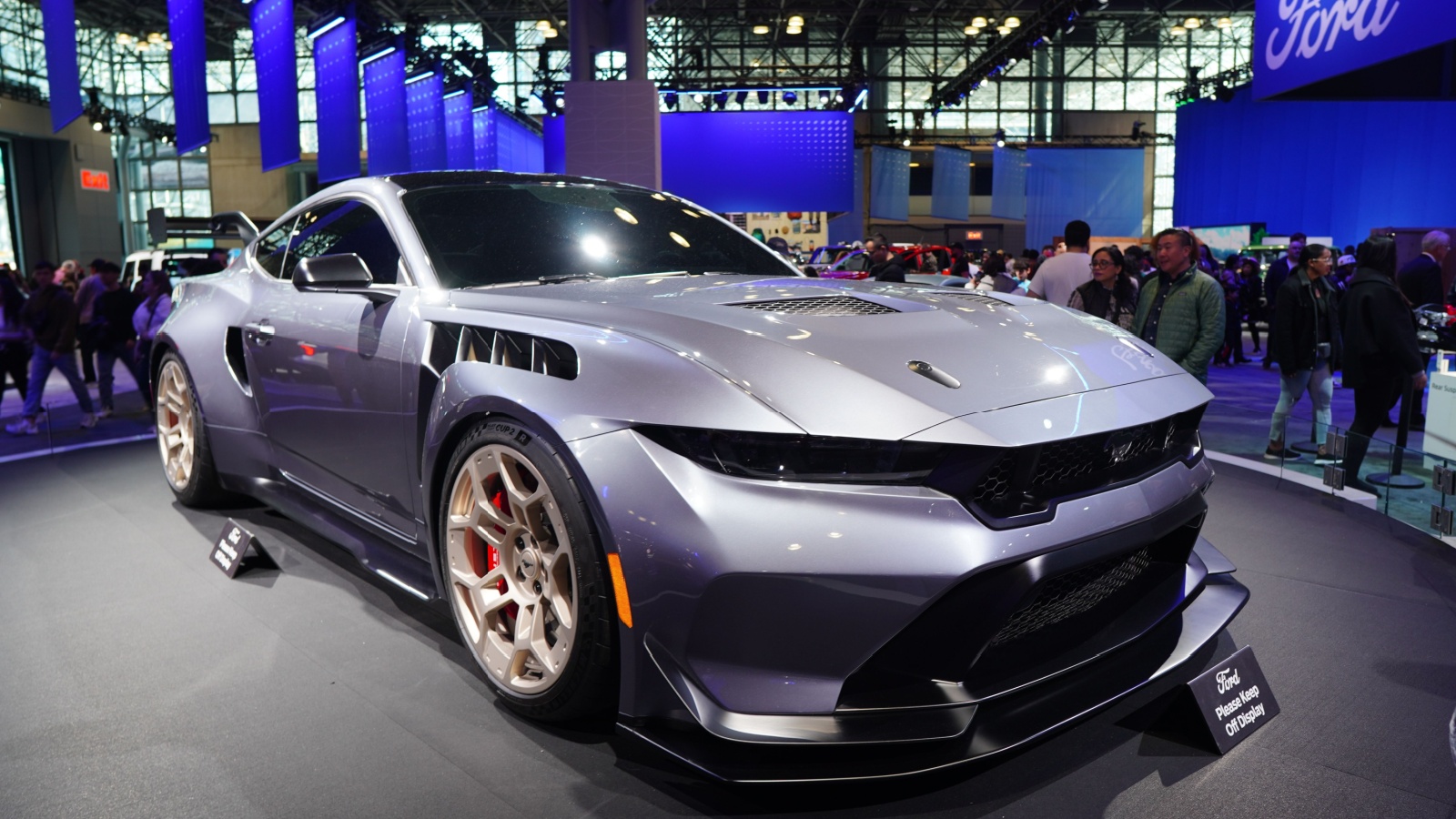
The Road to 2030
By 2030, EVs could make up 40–50% of new car sales in the US. Automakers are setting ambitious goals, and policy support is likely to continue.
The next five years will define who leads in the new mobility era. For buyers, staying informed means staying ahead, and 2025 is a critical turning point in that journey.
